To my hoped-for students:
Michigan State students have a unique opportunity to become authors in a series of books that fight discrimination. So far, our Bias Busters series has published about 20 titles and sold about 15,000 copies. Become one of our authors. You can see most of our titles down the right side of this page.
We plan books for the fall and spring semesters of the 2020-2021 academic year. Yes, we can do this class online, if necessary. The big question will be which groups we do. We are in a sub-series on religions. Classes have created guides on Jews, Muslims, Chaldeans, Hindus, Buddhists, evangelical Christians and The Church of Jesus Christ of Latter-Day Saints. For the coming year, we have prioritized Amish/Mennonite people, Sikhs, and “The Nones,” the growing number of people people who are atheists, agnostics and members of no organized religion.This one-credit course is called JRN 492. It will meet 4:10-5 p.m. Thursdays in the fall and 4:10-5 p.m. Mondays in the spring of 2021.
We plan an optional Bias Busters-funded visit to a Michigan Anabaptist community on Saturday, Oct. 24. If travel restrictions seem likely to prevent that, we will put off that group for spring.
You can preview the fall syllabus below. Sping will be similar.
Please join us, help us publish a cultural competence guide, learn how to publish books and get one on your resume.
Thank you.
Joe Grimm
MSU JRN 492, section 001, fall 2020
Bias Busters: 100 Questions and Answers
about The Amish and Mennonites
(Note: We plan an optional trip to the community in Southwest Michigan. If travel restrictions preclude that, we will change groups.)
4:10-5 p.m. Thursdays, 239 ComArtSci building
Instructor Joe Grimm | joe.grimm@gmail.com
Phone 248-631-9959 (cell) until 9 p.m.
Office hours Available for appointments Tuesday and Thursday 9-10 a.m. and after 2:30 p.m. on Tuesdays. And we can arrange appointments, Zoom, call, etc. Office is 303 CAS. You can also catch me before or after class. I’d like to meet you individually and prefer to deal with concerns as they arise. Please ask for times to avoid waits or situations in which I have to be off doing something.
Dates Sept. 3 to Dec. 11
Course credit One
Welcome! This will be an important and fulfilling course. Our objective is to publish a book that will make difficult conversations happen more easily. This guide will focus on \
We will use this opportunity and our journalism to humanize church members for readers who are unfamiliar with this faith group, which originated in the United States. Plans are to bring in speakers or have a field trip, but the key experience will be interviewing people about their experience and hopes for this project. It could also bring greater understanding to political discourse. For some readers, your guide will be the first time they have ever really paid attention to and understood who faith members are. Readers will learn much from you. The biggest lessons are typically not about differences, but about how we all share values, goals and principles.
This guide is part of a focus on faith in the Bias Busters series. Interfaith groups have expressed interest in our work and use it in their discussions. We have about 20 guides published or in pre-production. With this guide, we should have eight in the faith sub-series. Our plan is to have your edited draft of the guide by the end of the semester. However, we will not publish until we are ready. It is better to get these guides right than to get them done right away. Quality>speed. Your guide will be available through Amazon, Kindle, Barnes and Noble, Book, iBooks (iTunes), Google Play and Kobo. One of our goals is to make information as accessible as possible.
Course objectives
This course uses the journalistic values and skills of interviewing, listening and writing to produce a guide that is accurate, balanced and clear. We publish books in an innovative way, so books are on print and digital platforms. Bias Busters guides have included photos, graphics, audio and video. A group of informed allies has agreed to help review our questions and then the answers. Their help is essential to our success.
Required reading
You will receive a copy of an earlier guide in the Bias Busters series. Read it in the first week and absorb its approach, style and tone. Keep your book for reference. It will be your model for our style. You will publish your review on Amazon after the instructor critiques it for writing mechanics.
Academic integrity
Read the MSU School of Journalism Code of Ethics and Standards, even if you have before. It is in the Syllabus section of D2L for this course and it is here:
Michigan State University School of Journalism Code of Ethics
Being honorable is vital for your reputation and, more importantly, for the credibility of this series and everyone you work with, everyone who has worked on this series, and Michigan State University. If we cut corners, we can damage the entire series. You must do your own work on all assignments. Anyone who fabricates or plagiarizes will receive a 0.0 on the assignment and will be named in an Academic Dishonesty Report. This will generate a record with the Dean’s Office and the student will be required to complete online training in integrity. We demand absolute honesty and extreme care in ensuring that all work is honest, accurate and original.
100 Questions and Answers
about the Amish and Mennonites
Week 1: Sept. 3
Introduction to the project, to Bias Buster values, to the churches and to each other.
Journalistic and academic integrity at MSU, with this course in mind.
Lecture: Types of questions and how to find answers. Your TOP responsibility will be to find three Evangelical Christians to interview. We will talk about how to find them and how to find diversity within that community, but it is up to you to locate them and line up your interviews.
Sign “consent to publish” releases.
Join the Google Drive folder where we will create the guide and where you will find some resources.
Assignments:
1) Read or reread the integrity policy in D2L or at
Click to access Code-of-Ethics-2013-10.pdf
2) Read the Bias Busters guide distributed in class, paying attention to its non-judgmental language and concise writing. This is your template. Post a review of about 100 words in the appropriate Google Drive folder by Sept. 17. After I edit your review (I will not change or judge your opinion), you will post it on that guide’s Amazon page. Well executed reviews are worth as much as five points when posted.
3) Interview three sources of various demographics (age, gender, location) to find out what questions they feel should be answered in the guide. They do not need to answer those questions, though they might give you some ideas of where the answers are. Each student should post at last 10 unique questions. Your questions must be posted in the Google Drive document by Oct. 8. Our goal is 120 good questions. Do not duplicate questions a classmate has already posted. Interview each source long enough to get about 20 questions and to surface their unique interests for the guide. You will have an easier time if you post early. Don’t worry about getting too many questions. That is never a problem.
Key questions:
“What questions do people ask you again and again?”
“What stereotypes or misconceptions do people have about the church?”
“What would you tell people if you could?”
“What do you wish people knew about you and other church members?”
“What would you tell people about your group if you could?”
Week 2: Sept. 10
You should begin lining up interviews, starting with your own networks, social media and otherwise.
How we publish these books.
Week 3: Sept. 17
Amazon reviews due in Google Drive folder
Week 4: Sept. 24
If you haven’t begun doing your interviews, start. Your 10 unique questions—that is all we need from you—are due in Week 6, Feb. 17. You will be assigned a set of questions to write answers for in Week 7. They go into the Google Drive answers document. Follow our style. Edit your work.
Deadline for dropping with refund: 8 p.m., Sept. 28. (This is not a suggestion!)
Week 5: Oct. 1
We can begin sorting, combining, discussing the questions we have.
Week 6: Oct. 8
Your questions must be in Google Drive by midnight.
Week 7: Oct. 15
Sections of the guide will be assigned in class for answers.
BE VERY CAREFUL that you do not cut and paste or plagiarize your answers. The credibility of these guides, your reputation, mine and the reputation of MSU and the School of Journalism depend on your care and honesty. Think how damaging it would be to us and to all 100+ students who have ever taken this class if we were to publish anything copied from someplace else. All writing must be original unless it is in quote marks and is attributed. I will use “TurnItIn” to check for plagiarism by posting the text in D2L. You can use that tool, too, before you submit something, just to make sure your writing is original.
We can start working them in class, using primary sources. Some sources are already listed in Google Drive.
We proof the back cover and any introductory essays we have.
Professors will send questions WITHOUT answers to allies for checking.
Deadline for dropping with no grade reported: 8 p.m. Oct. 21. (Not a suggestion, just another reminder!)
Week 8: Oct. 22
Staff photo. (Good day to wear a shirt with a big MSU on it, especially if you have front-row qualifications.)
Arrange travel.
Oct. 24, a Saturday: Optional field trip (you will want to go, so make plans to be free)
Week 9: Oct. 29
All answers should be in Google Drive. We begin the sort, looking for flow and to eliminate duplication.
Week 10: Nov. 5
In class, you will receive a paper copy of the entire guide, including most front matter. Your homework assignment for Nov. 12 is to pencil edit that and bring your edited sheets to class. We will consolidate our edits in groups of 3-4. We need your edits and you will be graded (up to 30 points) on how thoroughly you do your own edits, so don’t miss this deadline.
Week 11: Nov. 12
Edits due. Bring to class.
Week 12: Nov. 19
This will be an extended mega editing class for all who can stay long and get the guide into good shape. Pizza!
Bring you on-paper edits to class. They will be individually graded on the basis of how many suggestions you make and how good they are. Mere comments like “nice,” “concise” or “confusing” are not enough. We need suggested edits. We need them for an editing session where, in groups of three or four, we discuss and consolidate individual edits onto master sheers. This is a lot to cover, so we move quickly and can stay late. The grade on this assignment will be based on the number and quality of suggestions you make for improving the guide.
Professor will combine edits in Google Drive and email copy of entire guide to allies for critiques asap.
Nov. 26: Thanksgiving
Week 13: Dec. 3
All artwork to publisher. We should proof this in class.
Videos should go to publisher.
We proof all artwork, front and back material in class. Prof will send to publisher.
We start to read proof of guide for final fixes. Too late for big rewrites. Last chance to get things right. This copy will go to our allies. Let’s make it good.
• Develop plan to merch the guide.
• Sign thank-you cards for allies on guide.
• Make suggestions for improving the course.
Week 14: Dec. 10:
Last class, celebration
Final exam/work period TBD. We might use this for more editing.
GRADING and DUE DATES
Amazon review due in Google Drive 10 points Sept. 17
Post questions in Google Drive 20 points Oct. 8
Post answers in Google Drive 40 points Oct. 29
Submit edits of guide on paper 30 points Nov. 12
If you wish, you may review one additional guide for 5 points or attend an event in our affected community such as attending a service at a house of worship. Maximum extra credit is 10 points.
4.0: 90 points and above
3.5: 85-89 points
3.0: 80-84 points
2.5: 75-79 points
2.0: 70-74 points
1.5: 65-69 points
1.0: 50-64 points
POLICIES
“Our campus is a place where faculty, staff and students have different beliefs, identities, background, and cultures that make a robust living and learning environment. We can voice an opinion and dissent with vigor, while doing so in a way that does not silent, denigrate and demean others because of who they are, how they identify, and the values they hold.”
~ Paulette Granberry Russell
Senior Adviser to the President
Director, Office for Inclusion and Intercultural Initiatives
Attendance
We have only 14, one-hour classes, and we really need you with us. Two unexcused absences can drop your grade by 1.0. Three can drop it by 2.0. Four will mean failure. Two late arrivals equal one unexcused absence.
Disability policy
I and Michigan State University are committed to providing equal opportunity for participation in all programs, services and activities. Requests for accommodations by persons with disabilities may be made by contacting the Resource Center for Persons with Disabilities at 517-884-RCPD or on the web at rcpd.msu.edu. Once your eligibility for an accommodation has been determined, you will be issued a Verified Individual Services Accommodation (“VISA”) form. Please present this form to me at the start of the term and/or two weeks prior to the accommodation date (test, project, etc.). Requests received after this date may not be honored. Please also tell me about allergies.
Religious holidays
Michigan State University and certainly this course respects and values diversity. All courses (especially this one!) respect religious differences. If your holidays require you to make alternative arrangements to get your work done, please speak to me in advance.

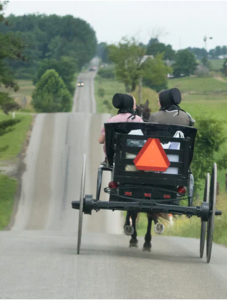
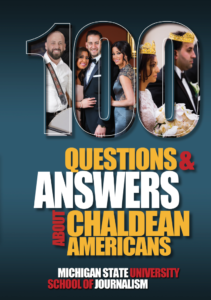
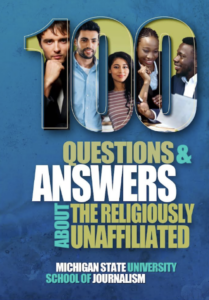
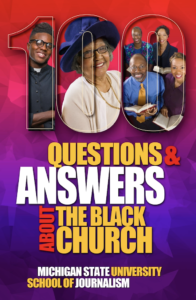
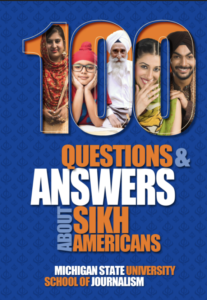
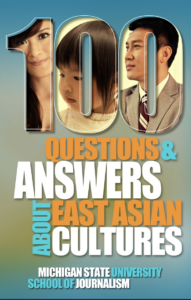
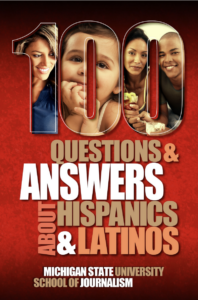
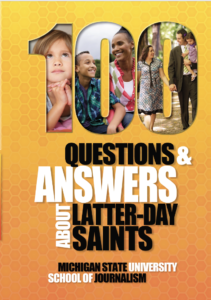
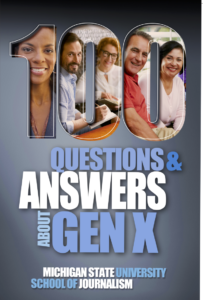
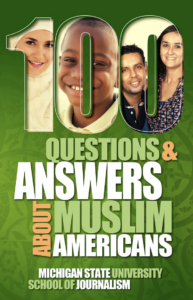
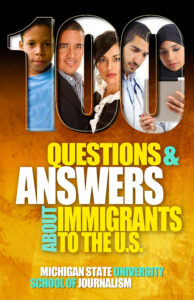
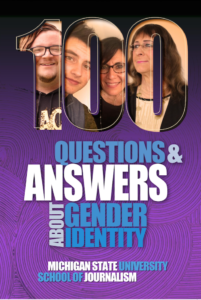
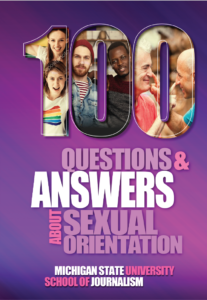
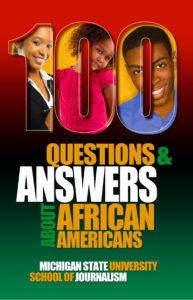
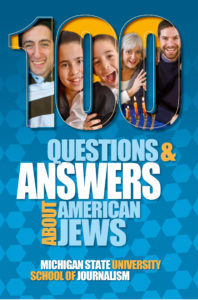
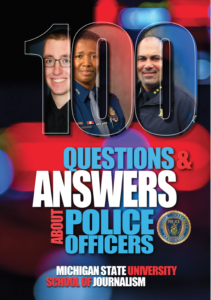
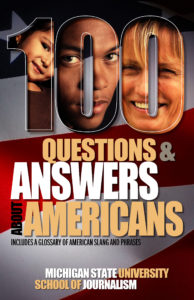
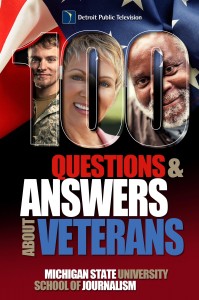


Pingback: What's in the new Associated Press AP Stylebook for 2022-2024?